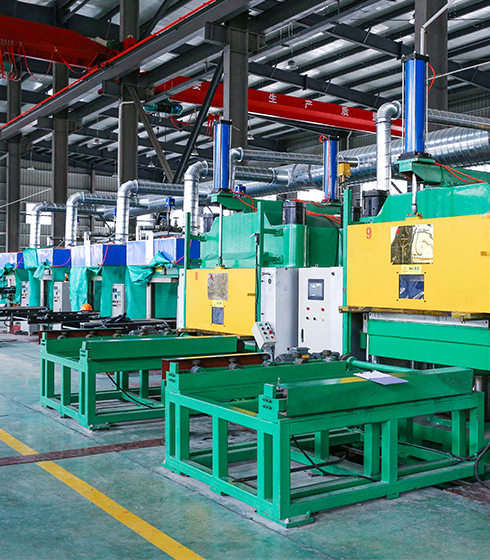
Zhejiang Earthquake Prevention Technology Co., Ltd committed to product research and development, technical consultation, structural analysis and design, production, guide installation and replacement. Professional anti vibration shock absorbers manufacturers and Earthquake shock absorbers for buildings & bridge in China. We have a modern industrial manufacturing production base with a total area of more than 10,800 square meters. The company has more than 50 sets of production equipment. Production capacity: more than 10,000 sets of rubber isolation bearings per year.
The pursuit of enhanced structural resilience is increasingly focused on advanced material science, with high damping rubber emerging as a critical co...
Nov 14,2025
The field of seismic and vibration protection is experiencing a significant shift, driven by advancements in the design and application of the natural...
Nov 07,2025
The field of structural engineering continues to witness significant developments in metal damper technology, with these energy dissipation devices pl...
Oct 31,2025
The construction industry continues to adopt advanced seismic protection systems with the building isolation rubber bearing emerging as a significant ...
Oct 24,2025
The company has been adhering to the corporate tenet of "quality first, customer first", and sincerely welcomes domestic and foreign customers to visit and guide.
GET A QUOTE
Add: No. 359 Guangming West Road, Sanmen County, Taizhou City, Zhejiang Province, China
International Trade Manager: Madison
Tel/Whatsapp:+86-17857335842
Copyright © Zhejiang Earthquake Prevention Technology Co., Ltd. All Rights Reserved.
